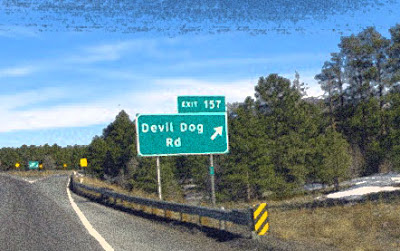Native American Ruins
BESH-BA-GOWAH ARCHAEOLOGICAL PARK
Today, many of the buildings and walls are still standing. Some of the structures have been restored to their original status for visitors to get an idea of the living conditions of the Salado people. The wood ladders have been re-created for you to climb to the second floor where many of the pottery pieces found in excavation are displayed. From the second floor another ladder leads to the roof of the pueblo where they once walked from one structure to another. Around the site you will notice some of the walls have remained intact, while others have been precisely rebuilt. Also located on the site is an Ethnobotanical garden with an amazing variety of desert plant life, and the Besh-Ba-Gowah museum which displays artifacts of the Salado, a model of the ruins as it probably looked in the 13th century, and a wonderful variety of gifts.
MONTEZUMA CASTLE
Tucked
in the mountains and just outside Sedona in the Verde Valley is the site where
cliff dwellers once lived. The building’s foundation resembled an Aztec
dwelling and therefore was given the name Montezuma Castle. This five story apartment
with its 20 rooms is remarkably well preserved. It was built by the southern
Sinagua people in the 12th century. Sinagua is Spanish for “without
water”. They used limestone to build their abode, which is a soft material
causing varying breakage over a long period of time. Because Montezuma Castle
is wedged tightly inside the rock cliffs, it has been protected by the elements
and has remained intact for over 600 years. For that reason, Montezuma Castle is one of
the most successfully preserved early dwellings in the southwest.
TUZIGOOT
Another
group of southern Sinagua people established their own community on the
hilltops called Tuzigoot. The name Tuzigoot is Apache for “crooked water”. These
ruins are located 20 miles from Montezuma Castle and built from the natural
resources found in the surrounding desert. Tuzigoot’s massive cobblestone walls
were uneven, two-story to three-story dwellings, with approximately 110 rooms.
There were a limit number of exterior doors or windows. The Sinagua would enter
through a hole created in the roof of each pueblo. Living high on a hilltop in
their rock apartments, they were well protected from the unforgiving desert
climate and their enemies.
CASA GRANDE RUINS
Located one hour southeast of Phoenix in Coolidge, Arizona,
sits the Casa Grande Ruins National Monument.
These well preserved remains are where the ancient Hohokam once
lived. The main building, or Great
House, is four stories high and 60 feet long.
The first floor is a mount and the walls are a mixture of a
concrete-like combination of sand, clay, and calcium carbonate or limestone. The Great House took 3,000 tons of Caliche
mud which was layered to form walls four feet thick at the base and tapered
towards the top. Anchored in the walls
and used to form the ceilings were hundreds of juniper, pine, and fir trees
they carried or floated 60 miles down the Gila River.







Fascinating history and images. Great post.
ReplyDelete